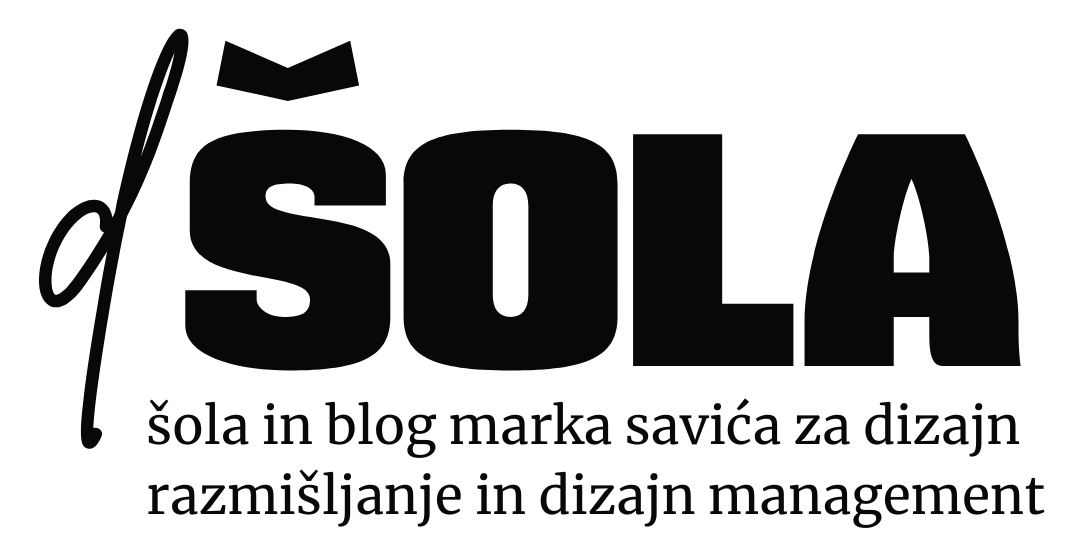(Design) Strategy of a Non-Profit Organization
The Project H Design is based on 6 guiding principles, or we could call it also a design strategy. #1 We design through action. #2 We design systems not stuff. #3 We design with, not for. #4 We start locally and scale globally. #5 We document, share, and measure. #6 We build. Such a progressive design strategy makes us believe that design can and will change the world....


You must be logged in to post a comment.